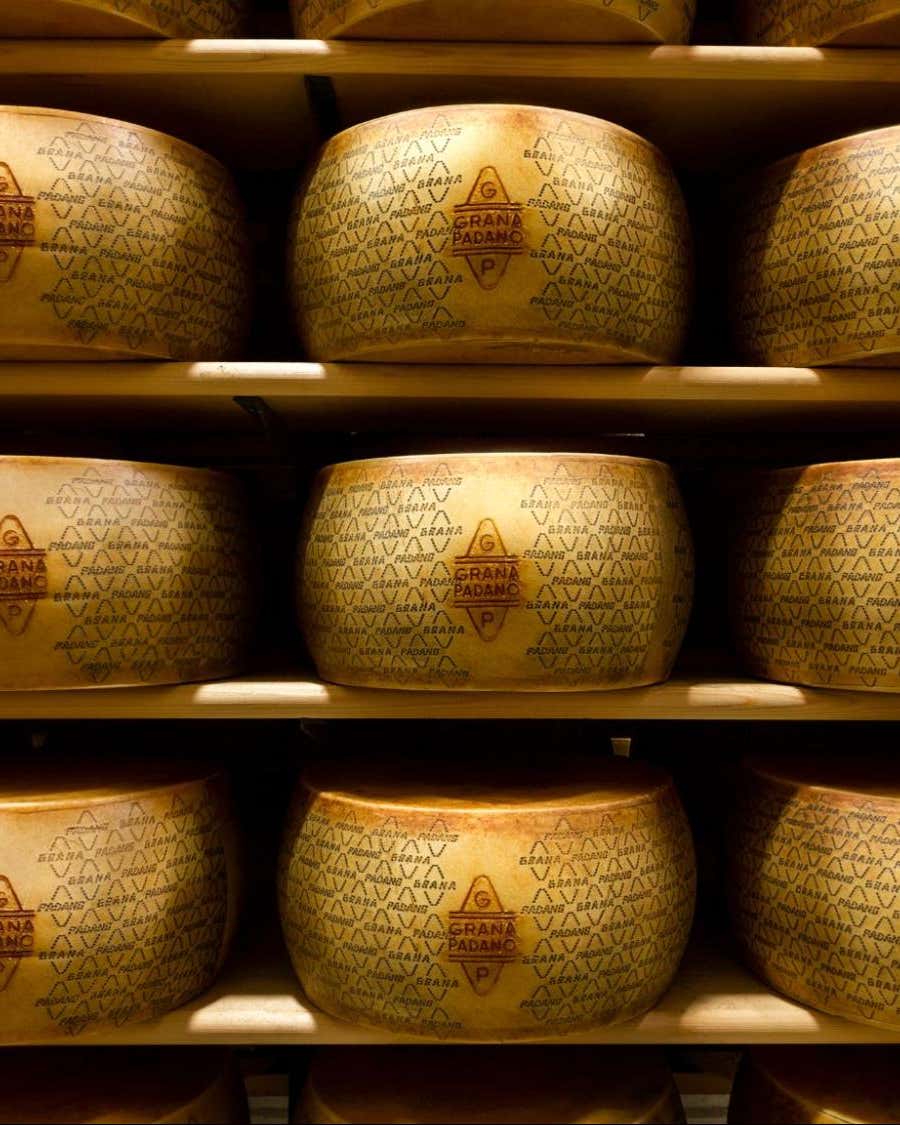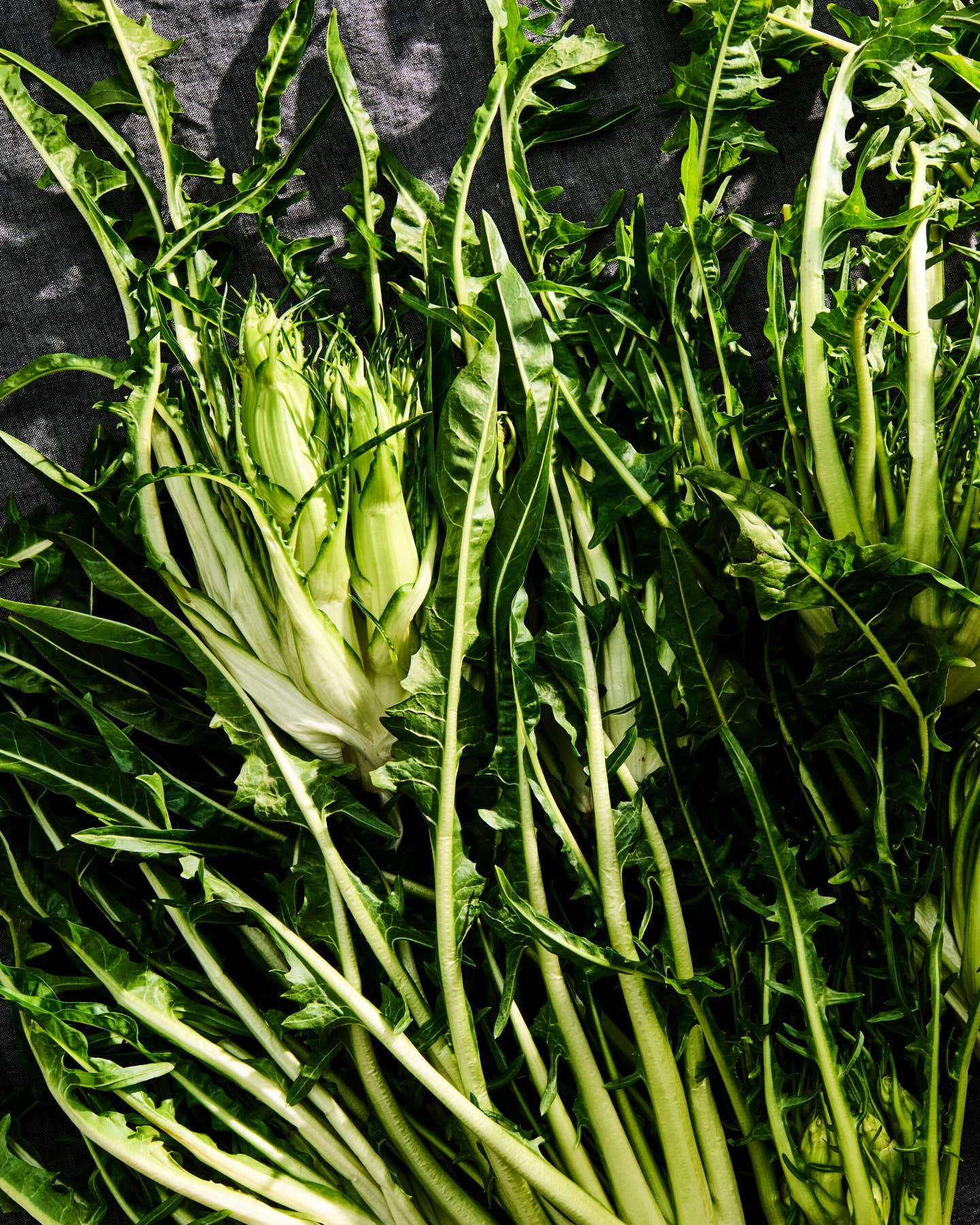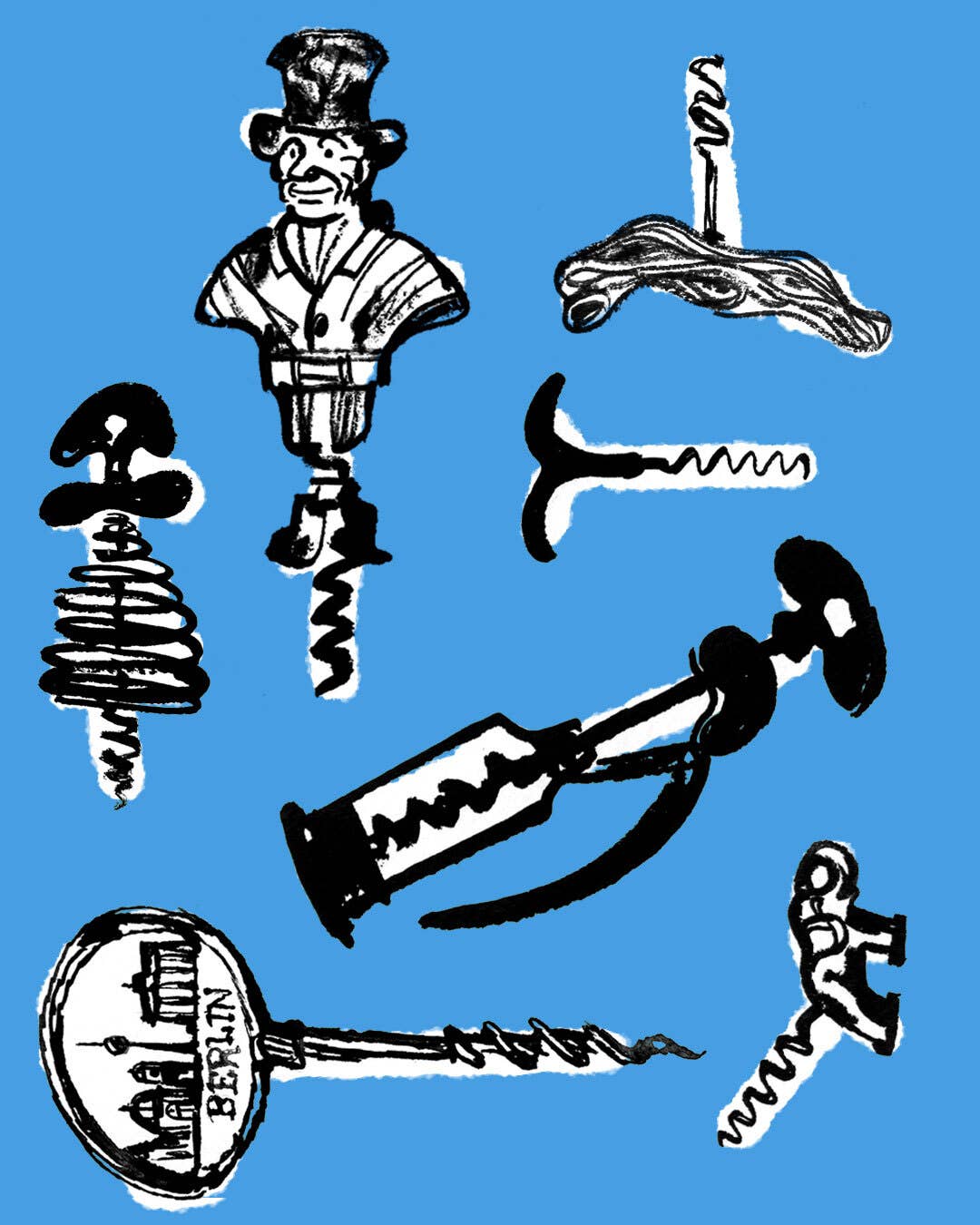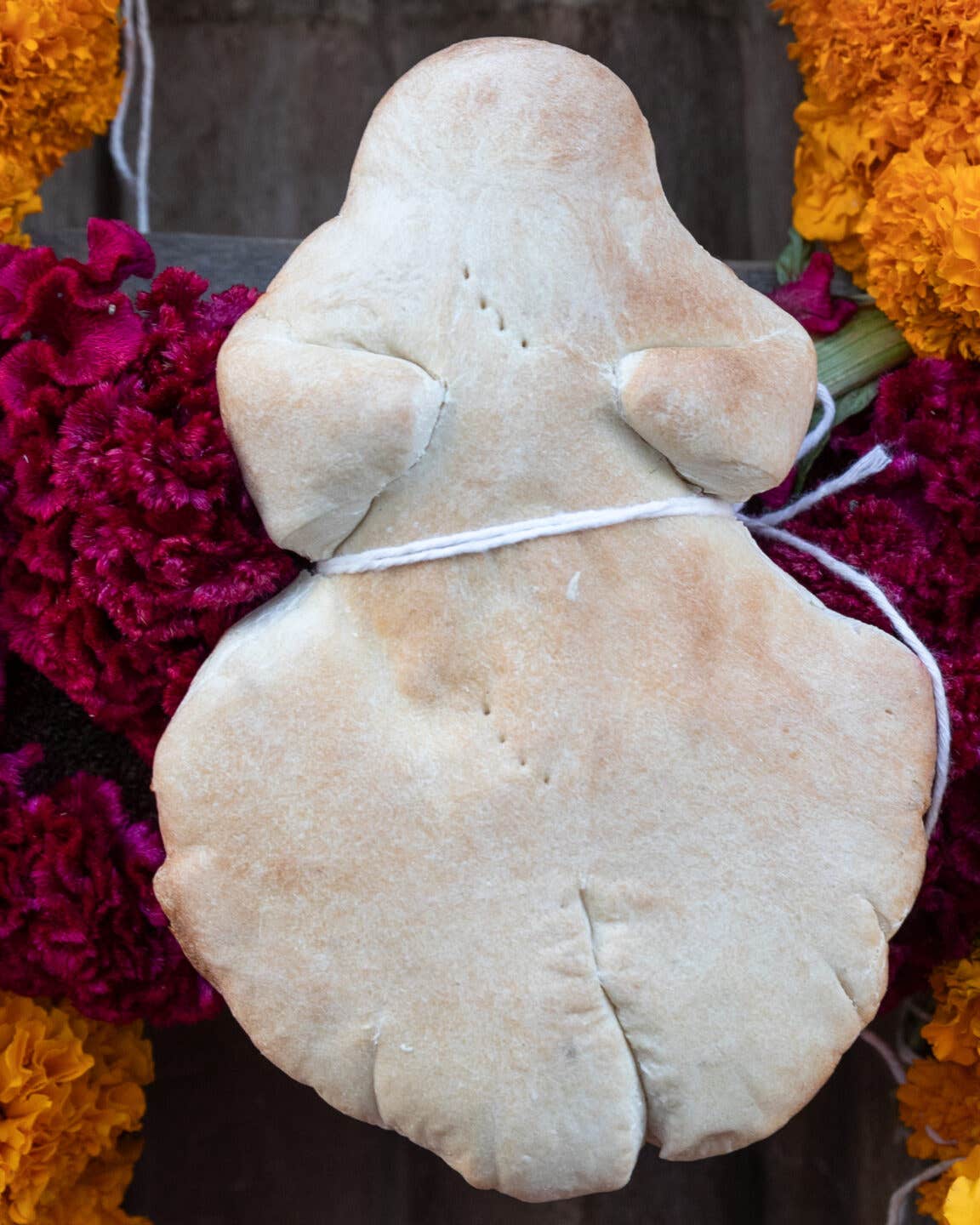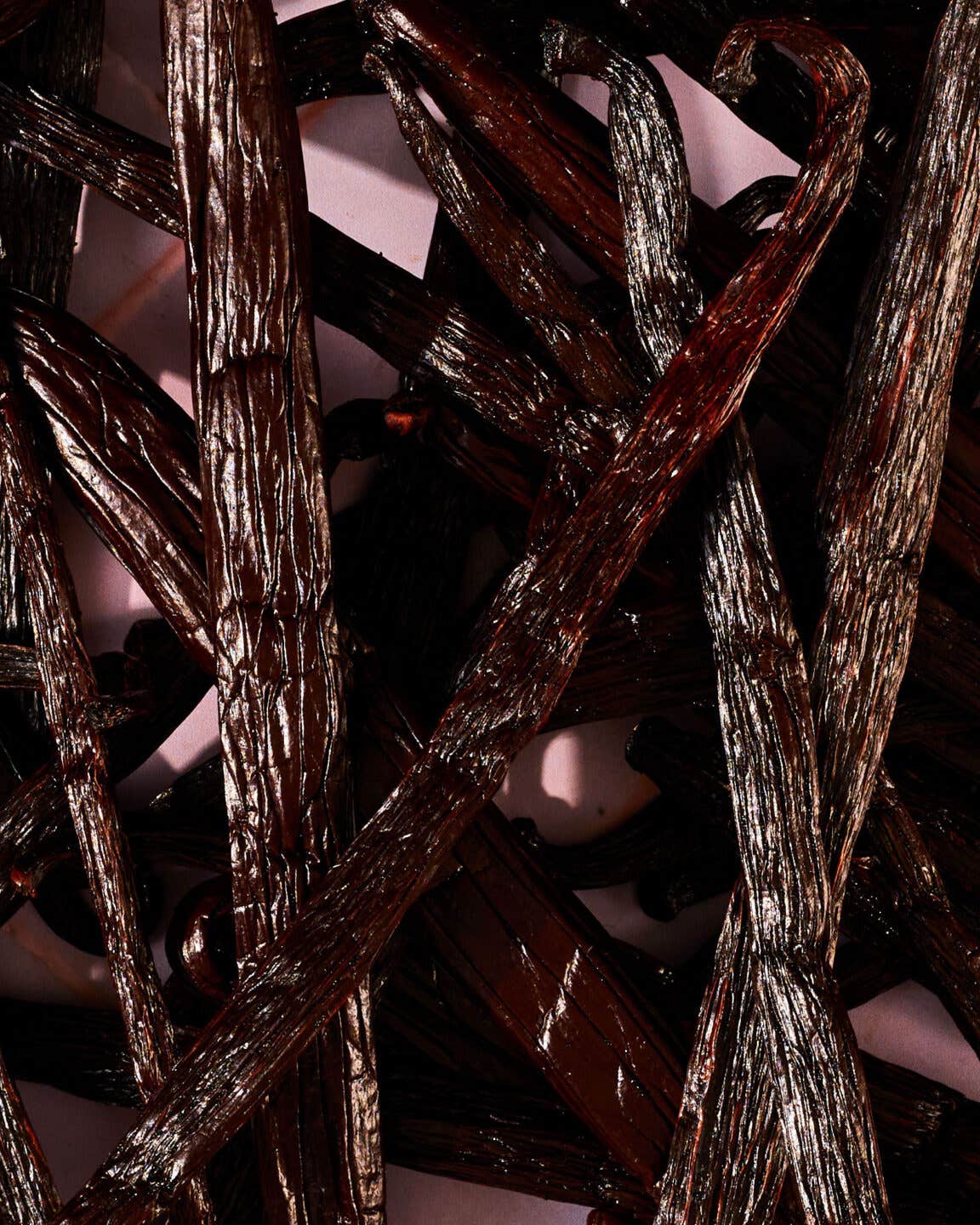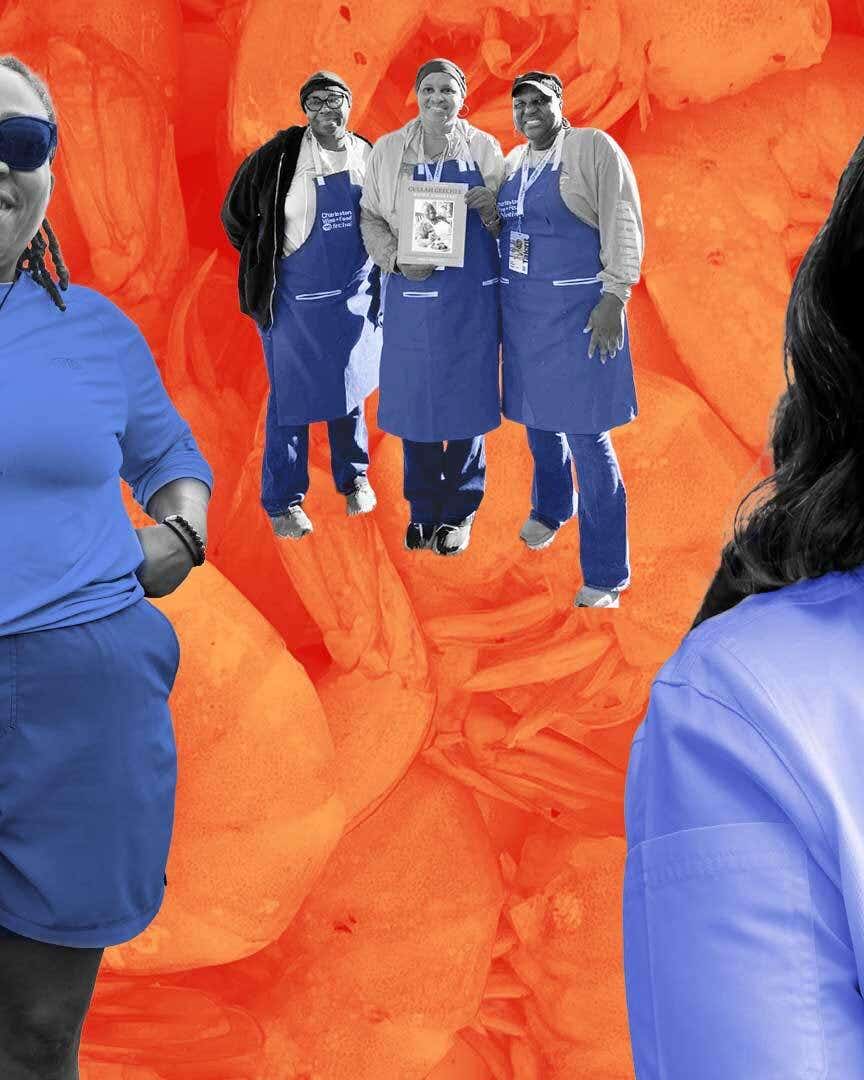
A Visual Feast: Todd Coleman’s Food Photography Tips
As we were editing our latest book, The Way We Cook (Weldon Owen, 2012), we were struck by our photographers' engaging images of people cooking in the kitchen and sitting around the table with family and friends. The pictures that appear on the book's pages (some of which are shown here) capture the spirit of the moment and the meal itself. indeed, photographs of food—especially dishes made throughout generations—tell us the story of the people who cook and eat them. The images of these dishes are not simply mouthwatering; they serve an emotional purpose, bringing to life a memory in much the same way a spoonful of your mother's cranberry sauce, an old recipe in a family scrapbook, or the smell of onions frying in the kitchen might. Photographs help us hold on to resonant moments and the flavors that shape them. With that in mind, we thought it appropriate to the holidays to share some of our techniques for photographing food in a memorable way. Our hope is that you can use them during your own celebrations to capture cherished culinary traditions.
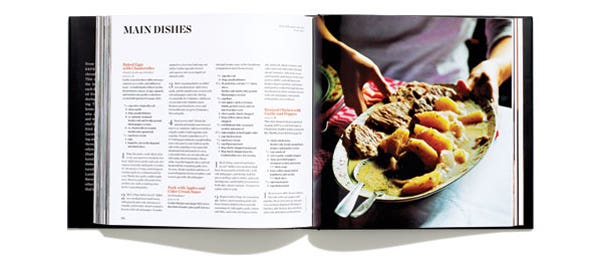
1. The most flattering light for food is soft backlight, typically light pouring out of a window from behind and slightly above the subject. In the photo of pork with apples and cider cream sauce, backlight creates a dramatic effect, making the edges of the dish glow and the sauce glimmer, and bathing the food in a play of light and shadow.
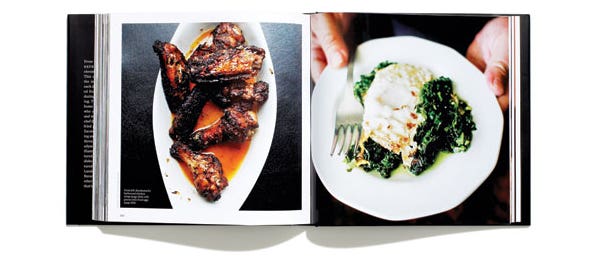
2. Pick colors in the surface or the plate that echo similar tones in the food to create a bridge between the food and the tableware. This technique instills a sense of balance and harmony within the frame. The photo of the barbecued chicken wings is tied together by black; the wild greens with fried eggs by white.
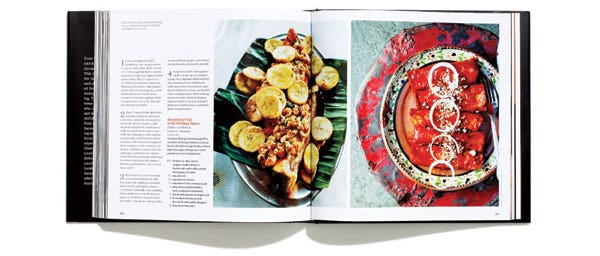
3. Create frames within the crop of your photos to add depth and guide the eye to your point of focus. The Brazilian fish with shrimp sauce is framed by a piece of banana leaf and a plate. The enchiladas are framed by the plate and footstool.
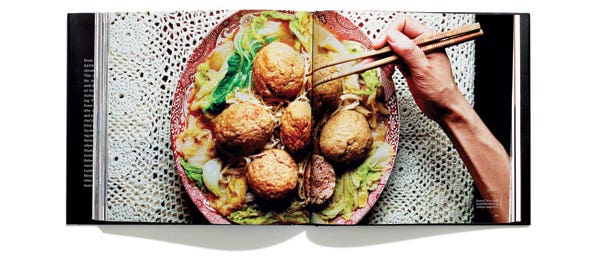
4. Adding a human element to a photo of a dish helps to establish context and create a sense of movement. In the braised "lion's head" meatballs with napa cabbage, the hand reaching for the food with chopsticks immediately suggests the origin of the dish, while conveying a sense of delicious immediacy.
Keep Reading
Continue to Next Story


